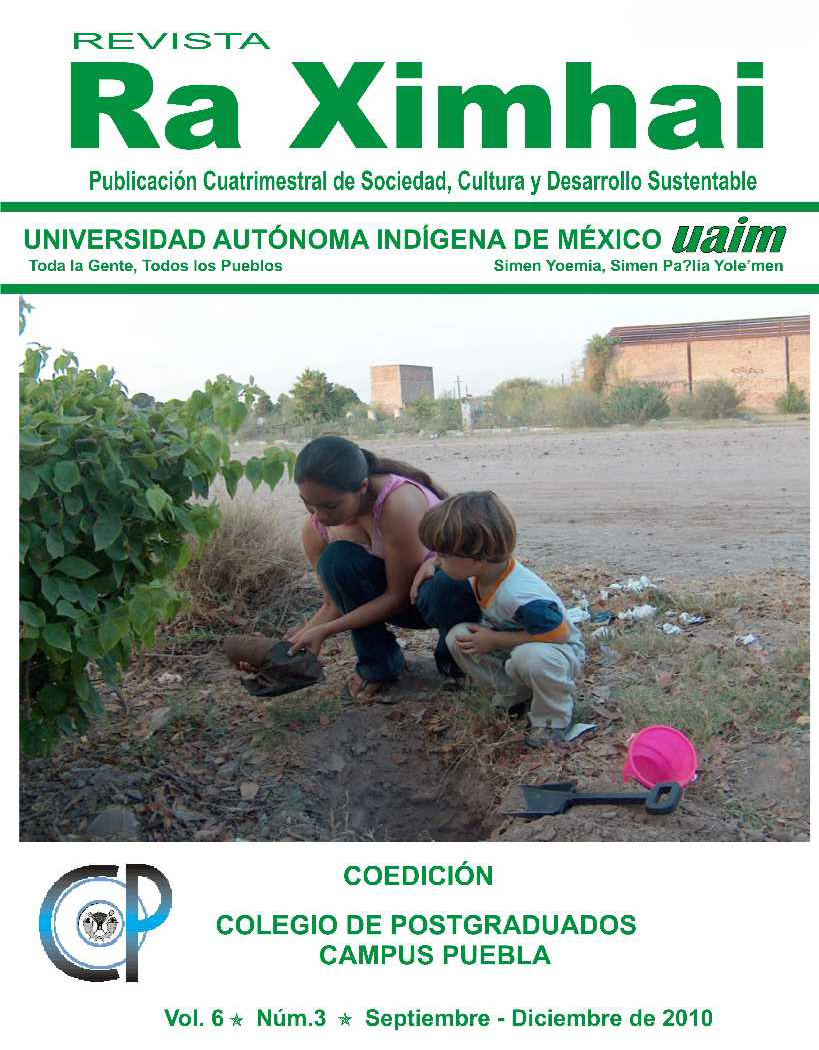Engaging the community in migratory raptor counts (falconiformes) in eastern Cuba
DOI:
https://doi.org/10.35197/rx.06.03.2010.15.nbKeywords:
environmental education, conservation, rapacious migrations, CubaAbstract
Through interviews, workshops, talks and sociocultural meetings, three communities from the upper area of Gran Piedra are linked to the studies and counts of migratory birds of prey carried out in eastern Cuba. These small communities are located next to one of the two counting points for migratory birds of prey in the region. In the interviews carried out with the inhabitants, it was found that some residents had basic knowledge about birds of prey, but not about their migration. 100% of the interviewees agreed that the main local problem is the loss of poultry due to attacks by birds of prey, specifically the endangered Cuban endemic Accipitter gundlachi (Long-tailed Hawk). The workshops managed to create spaces for exchange and reflection about the importance of the conservation of birds of prey in the region. The community members returned to their daily practices, but this time thinking about how to contribute to the conservation of birds of prey based on new knowledge. This cooperation and awareness-raising link allowed the inhabitants to get closer to the researchers and volunteers who work on counting birds of prey in Cuba and the feedback of scientific knowledge with popular knowledge.
Downloads
References
Bildstein, K.L. 2006. Migrating raptors of the world: their ecology and conservation. Cornell University Press, Ithaca, NY U.S.A.
Bildstein, K.L., F. Rodríguez Santana, L.O. Melian y M. Martell. 2002. A new migration route forSwallow-Tailed Kite Elanoides forficatus in east Cuba. Cotinga 18: 93-95.
Goodrich, L.J. y J.P. Smith. 2008. Raptor Migration in North America. Pp. 37-150 in K.L. Bildstein, J.P. Smith, E. Ruelas I., y R.R. Veit (eds). State of North Americas Birds of Prey. Nuttall Ornithological Club and American Ornithologists. Union Series in Ornithology No. 3. Cambridge, Massachusetts, and Washington, D.C.
Alberich Nistal, Tomás: Perspectivas de la Investigación social. IAP, Redes y Mapas Sociales. En Villasante y otros: La investigación Social Participativa. Colección Construyendo Ciudadaníua/1. El Viejo Topo. Barcelona, 2000.
Hernández Nora, Carmen: Trabajo comunitario: selección de lecturas / comp. La Habana, Editorial Caminos, 2005.
Rodríguez-Santana, F., M. Martell, P. Nye y K. L. Bildstein 2001. Osprey migration through Cuba. Pp 107-117 In: K. L Bildstein y D. Klem (Eds.) Hawkwatching in the Americas. North Whales, PA: Hawk Migration Assoc. North America.
Rodríguez-Santana, F., L.O. Melian-Hernández, y
M. Martell. 2002. A new migration route for Swallow-tailed Kite Elanoides forficatus in east Cuba. Cotinga 18:93- 95.
Rodríguez-Santana, F., L.O. Melian-Hernández,
M. Martell, y K. L. Bildstein. 2003. Cuban raptor migration counts in 2001. J. Raptor Res. 37: 330-333.
Rodríguez-Santana, F. 2010. Distribución, migración y conservación de las aves rapaces del orden Falconiformes en Cuba. Tesis presentada en Opción del grado de Doctor en ciencias. Universidad de Alicante. España. 330 pp.
UICN. 2001. Categorías y Criterios de la Lista Roja de la UICN: Versión 3.1. Comisión de Supervivencia de Especies de la UICN. UICN, Gland, Suiza y Cambridge, Reino Unido. ii + 33 pp.
Wheeler, B. K. 2003. Raptors of eastern North America. Princeton University Press, Princeton, NJ.
Zalles, J. I, y K. L. Bildstein. 2000. Raptor watch: A global directory of raptor migration sites. Cambridge, UK: BirdLife International; and Kempton, PA, USA: Hawk Mountain Sanctuary (BirdLife Conservation Series No. 9).
Downloads
Published
How to Cite
Issue
Section
License
Copyright (c) 2010 Naylien Barreda Leyva

This work is licensed under a Creative Commons Attribution-NonCommercial 4.0 International License.
Usted es libre de:
- Compartir — copiar y redistribuir el material en cualquier medio o formato
- Adaptar — remezclar, transformar y construir a partir del material
- La licenciante no puede revocar estas libertades en tanto usted siga los términos de la licencia
Bajo los siguientes términos:
- Atribución — Usted debe dar crédito de manera adecuada , brindar un enlace a la licencia, e indicar si se han realizado cambios . Puede hacerlo en cualquier forma razonable, pero no de forma tal que sugiera que usted o su uso tienen el apoyo de la licenciante.
- NoComercial — Usted no puede hacer uso del material con propósitos comerciales .
- No hay restricciones adicionales — No puede aplicar términos legales ni medidas tecnológicas que restrinjan legalmente a otras a hacer cualquier uso permitido por la licencia.








